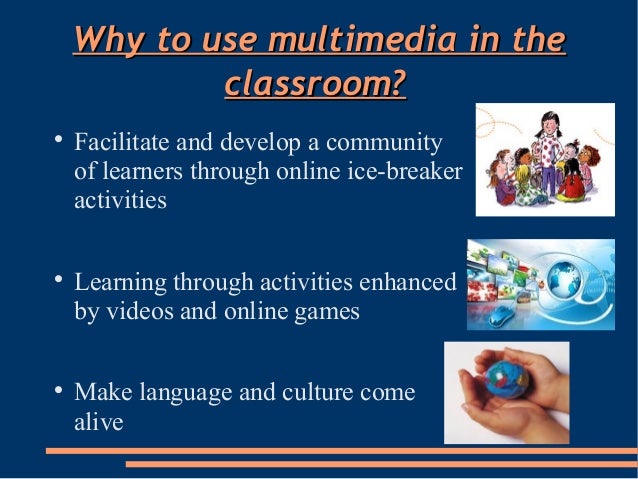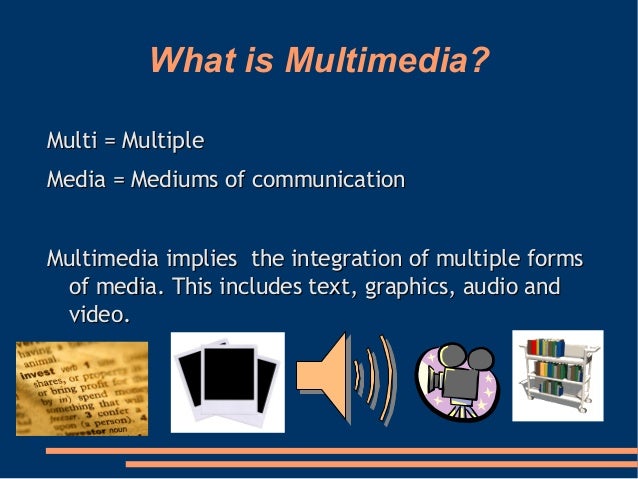Curriculum Transaction
Curriculum
Transaction is the effective and desired implementation of the
curriculum contents on the basis of aims and objectives listed in the
curriculum. Curriculum Transaction incorporates effective planning for
providing learning experiences for its learners, organization of
planning, administration/implementation of the organized planning and
evaluation of the implementations by the implementer and the experts in
the relevant field.
Modes of Curriculum Transaction
Transactional modes have essentially been of two categories, First one is face-to-face mode and the second is distance mode.
1. The
face-to-face mode refers to instructional interactions in which
learners and the teacher transact a curriculum in a face-to-face
situation. This mode includes inputs like seminars, discussions,
lectures, demonstrations and any activity involving direct interaction
between the learners and the teacher. The face-to-face mode is the
oldest and most widely accepted mode. Obviously, at a time when
electronic media were not available and even the print medium was
unknown, the most easily accessible channel for transmission of
knowledge and for communication was through face-to-face interaction
with the teacher. With printing and the public school system, text
books became available and assumed significance. Over the years, the
print medium has provided support to oral communication with the
teacher, as the main focus in schools
2. The distance mode, as the term indicates, pertains to all kinds of
interactions between the teacher and learners in which they are not in
direct contact with one another and require a third channel or medium
for contact. These include the print, audio, video, or any other
mode. Open learning systems generally utilize such modes. Due to the
indirectness of the contact or the distance between the teacher and
learner, none of these media can by itself suffice for effective
instruction. They are, therefore, used in combination in order to make
experiences more 'realistic' and meaningful. Of late, more interactive
media have been designed and utilized, such as interactive satellite
television or teleconferencing. The two modes need not be mutually
exclusive.
Correspondence
education acquired significance as an alternative to 'teacher talk' in
India, with increased availability of printing facilities. As
correspondence education widened with the emergence of open learning
system, the media of transaction were diversified to include audio,
visual and audio-visual mechanisms. More recently, interactive
television has come to be used for communication of knowledge. The use
of media has resulted in new roles for a teacher: that of a designer
and developer of these media making them suitable for instructional
purposes, and that of a user of these during instruction



